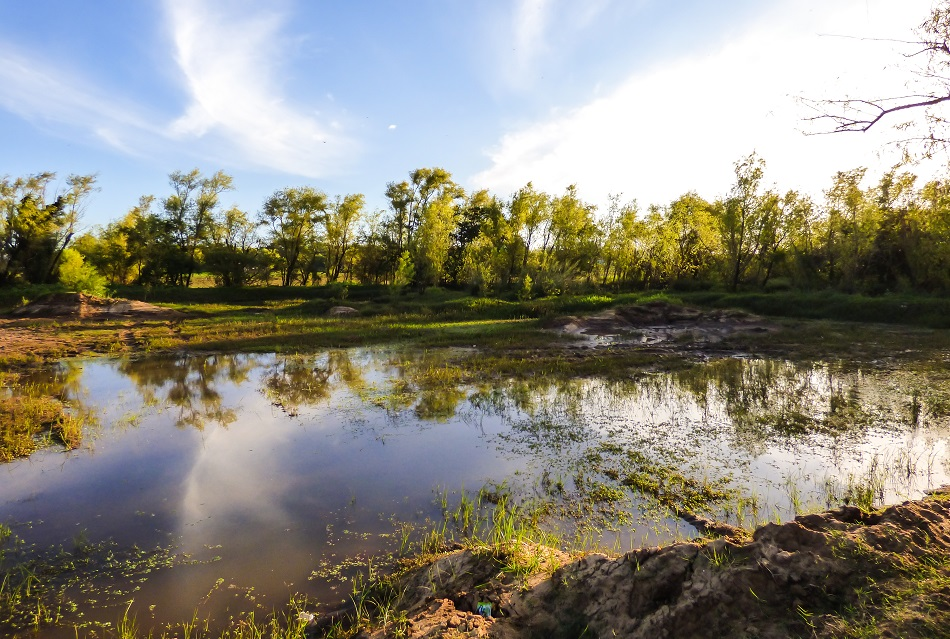
Image Credit: Helissa Grundemann/Shutterstock.com
Uruguay is located in the South American continent between Brazil and Argentina. The total area of the country is 176,215 km2, and it has a population of 3,457 million as of 2017. The country’s climate is mostly warm temperate.
After years of colonization, Uruguay gained independence in 1828 and has seen many political, social, and economic reforms since then. The country has survived the global economic downturn despite a drop in the economic growth rate from 0.9% in 2019. In 2018, the country’s GDP was $59.7 million.
Uruguay’s mining sector does not play a significant role in the economy, but mineral extraction activities in the country produce commodities such as gold, iron ore, semiprecious gemstones, gypsum, and steel.
Overview of Resources
Uruguay’s natural resources are limited and its mining industry is still developing, but the mining sector is looking to expand its existing operations. The country’s leading energy source is petroleum products, accounting for about 60% of the total energy consumption. Uruguay relies heavily on crude oil imports - mainly from Venezuela.
Metals
Orosur Mining Inc. is a gold exploration and production company that has identified high-quality gold projects in Uruguay. The company operates the San Gregorio gold mine, the only gold-producing mine in Uruguay. Whilst the mine produced 2,500 – 3,500 oz of gold in 2018, it is due to close.
Zamin Ferrous Ltd. of Jersey UK owns a world-class iron ore development and exploration project in the country. This company has generated a significant number of jobs in the US – both directly and indirectly.
Industrial Minerals and Gemstones
The only cement producer in Uruguay is Cementos Artigas S.A. (CASA), which has a production capacity of 620,000 t/yr.
According to DINAMIGE, numerous licenses have been provided for diamond exploration since 1994. Geological theories indicate that Archaean basement rocks could hold primary diamond deposits.
Agate and amethyst deposits have been discovered in geodes, which are a part of the Cretaceous lavas in the northern part of the country. The amethysts from this region are internationally recognized for their deep violet color, which distinguishes them from others.
Fossil Fuels
Currently, Uruguay's natural gas supply is through two massive pipelines from Argentina.
Gazprom and Lukoil of Russia have responded positively to a liquefied natural gas (LNG) regasification plant construction tender in Uruguay. The LNG plant would begin operations by 2013 once governmental tender rules are stipulated. The maximum capacity of the plant is expected to be 15 million m3 /d.
An agreement was signed by the state-owned oil company Administración Nacional de Combustibles, Alcohol y Portland (ANCAP) and Petróleos de Venezuela S.A. (PDVSA) to work towards expanding Uruguay’s La Teja refinery processing capacity from 50,000 to 100,000 bbl/d in 2012. The two companies are planning a joint venture to extract crude oil in the Orinoco oil belt.
Investment
The government of Uruguay believes in free trade and its laws regarding investments do not differentiate between citizens and foreigners.
However, there is widespread concern about the harmful effects of mining activities on the environment. Despite the support from the government, the Zamin Ferrous’ Aratari project would take off only after the company presents a socio-economic impact report and an environmental impact study.
According to experts, Uruguay’s future economic growth will be dependent on the following factors:
- Prices of its exports
- Low-interest rates internationally
- Strong currency
- Consistent supply of imported natural gas and petroleum
- Economic stability within the MERCOSUR
- The prospects for the Uruguayan mining sector look bright as its steady economic growth has captured global attention. Many leading risk rating agencies have declared the country as ‘investment grade’, thus assuring foreign investors that Uruguay is a safe option.
Uruguay also has a geographical advantage, as it is a part of MERCOSUR, which is a political and economic agreement among Brazil, Venezuela, Paraguay, Uruguay, and Argentina. Moreover, the country has a well-qualified population and highly developed infrastructure to assist in mining activities and has framed a modern mining legislation to ease investment processes.
To further promote the nation’s mining prospects, the Uruguayan Minister of Industry, Energy and Mining and a delegation presented the investment opportunities available in the country at the 2012 World Expo in Yeosu City, South Korea. Governmental efforts coupled with the investments will encourage the Uruguayan mining sector to transform itself into a very active contributor to the country’s economy in the coming years.
Sources and Further Reading
This article was updated on 3rd February, 2020.
Disclaimer: The views expressed here are those of the author expressed in their private capacity and do not necessarily represent the views of AZoM.com Limited T/A AZoNetwork the owner and operator of this website. This disclaimer forms part of the Terms and conditions of use of this website.